Endocarditis (Clinical)
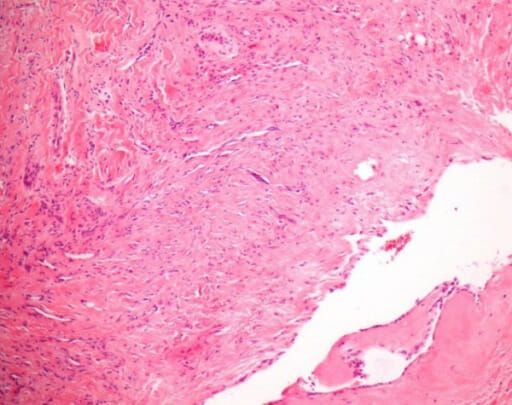
Overview Definition Epidemiology[5,8–10] Infective endocarditis: Noninfective endocarditis: Infective endocarditis etiologies[5,8–10] Infective endocarditis may be caused by numerous organisms; the list below is not exhaustive. Noninfective endocarditis etiologies[10,11] Risk Factors and Pathophysiology Risk factors[5,8–12] The following are risk factors for IE: Infective endocarditis[4,5,8,12] Noninfective endocarditis[10,11,20] Classification Infective endocarditis can be further classified based on the clinical […]
Thoracic Aortic Aneurysms (Clinical)
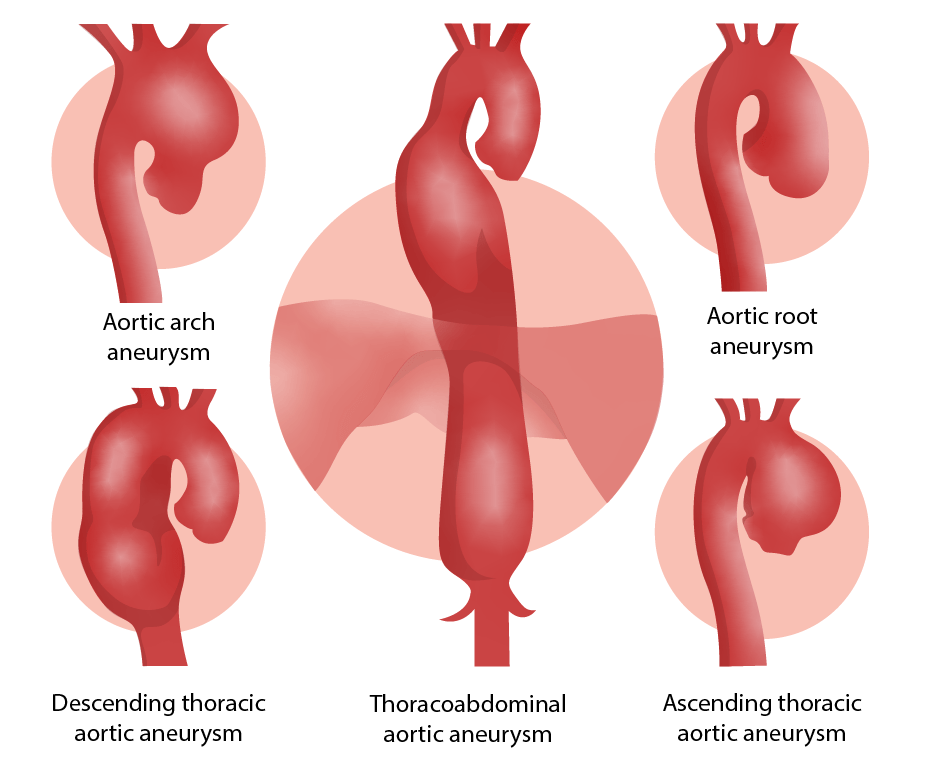
Overview Definitions[1,3,5] Thoracic aortic aneurysm (TAA): Types: Location: Epidemiology[1,9,10,13] Etiology[1,4,5,10] Pathophysiology Contributing factors[3–6,8,10,13] Pathogenesis[3,4,6,8,10] Clinical Presentation Symptoms[3,5,10,13] Signs[5,10,13] Diagnosis History[3,5] Diagnostic tests[3,5,7,13] Management Management may vary based on practice location. The following information is based on US and European guidelines. Goals Non-surgical management of aortic aneurysms[2,3,5] Management of asymptomatic patients Degenerative ascending or aortic root […]
Hypertension (Clinical)
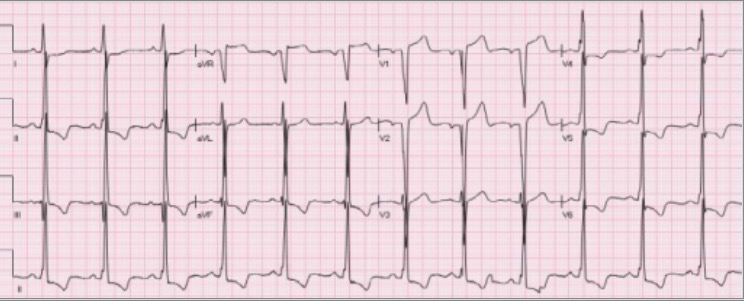
Overview Definition[2,3] Hypertension is defined as a BP > 130/80 mm Hg. Epidemiology[2,3,12] Etiology[2,3] Primary hypertension: The pathogenesis of primary hypertension is poorly understood but is most likely the result of numerous genetic and environmental factors affecting cardiovascular and kidney structure and function. Risk factors: Secondary hypertension: Classification[2,3,9,11] Table: Hypertension classification system by organization Organization […]
Neutropenic Fever (Clinical)
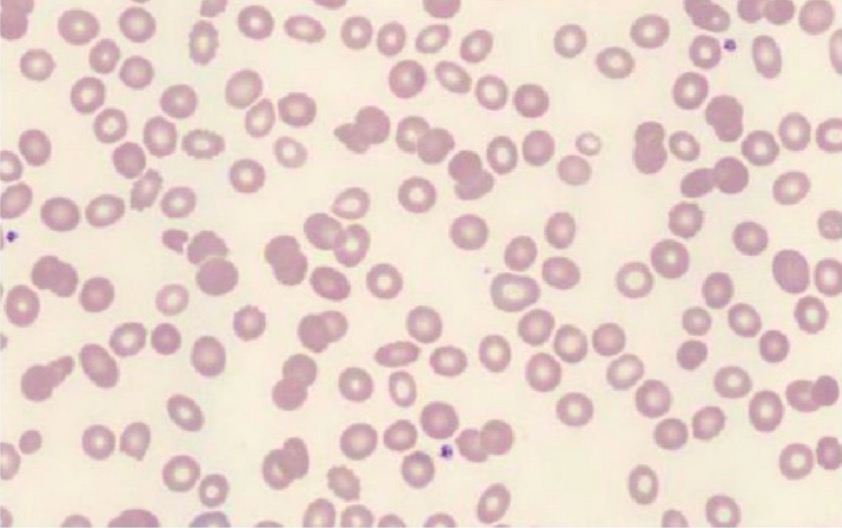
Overview Definition[1,6] Neutropenic fever is defined as a single oral temperature > 38.3 ℃ (101 ℉) or a temperature > 38.0℃ (100.4℉) for at least 1 hour with an absolute neutrophil count (ANC) of < 1,500 cells/µL or an ANC that is expected to decrease to < 500 cells/µL during the next 48 hours. Epidemiology[1,2,6] […]
Chronic Pancreatitis (Clinical)
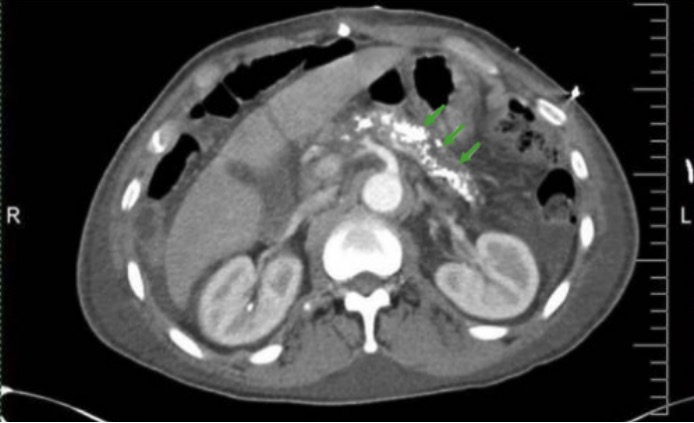
Overview Epidemiology[1,4,5] Etiology[1,4,5,8] Common etiologies of chronic pancreatitis are summarized with the “TIGAR-O” mnemonic: Table: TIGAR-O: Common etiologies of pancreatitis T Toxic/metabolic Alcohol (most common) Tobacco smoking Hypertriglyceridemia Hypercalcemia I Idiopathic May be early- or late-onset G Genetic mutations Autosomal dominant: PRSS1 Autosomal recessive: CFTR SPINK1 A Autoimmune Autoimmune pancreatitis type 1: immunoglobulin G4 (IgG4)–related […]
Diarrheagenic E. coli (Clinical)
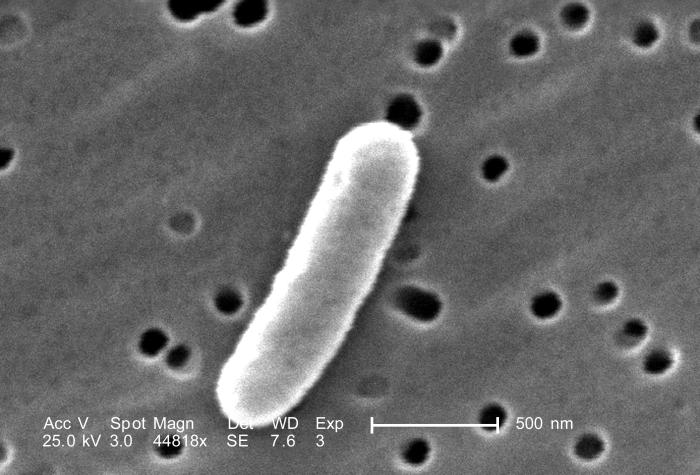
Overview Microbiology[4,6] Classification of diarrheagenic of E. coli[1,3,4,6] Diarrheagenic strains of E. coli can be classified into 5 key “pathotypes,” each of which has unique virulence factors and pathologic mechanisms. Virulence factors[4,6] Virulence traits are distinct for each category of pathogenic E. coli: Transmission[3,4,6] Pathophysiology Each of the 5 main pathotypes has unique pathologic mechanisms. […]
Hyperkalemia (Clinical)
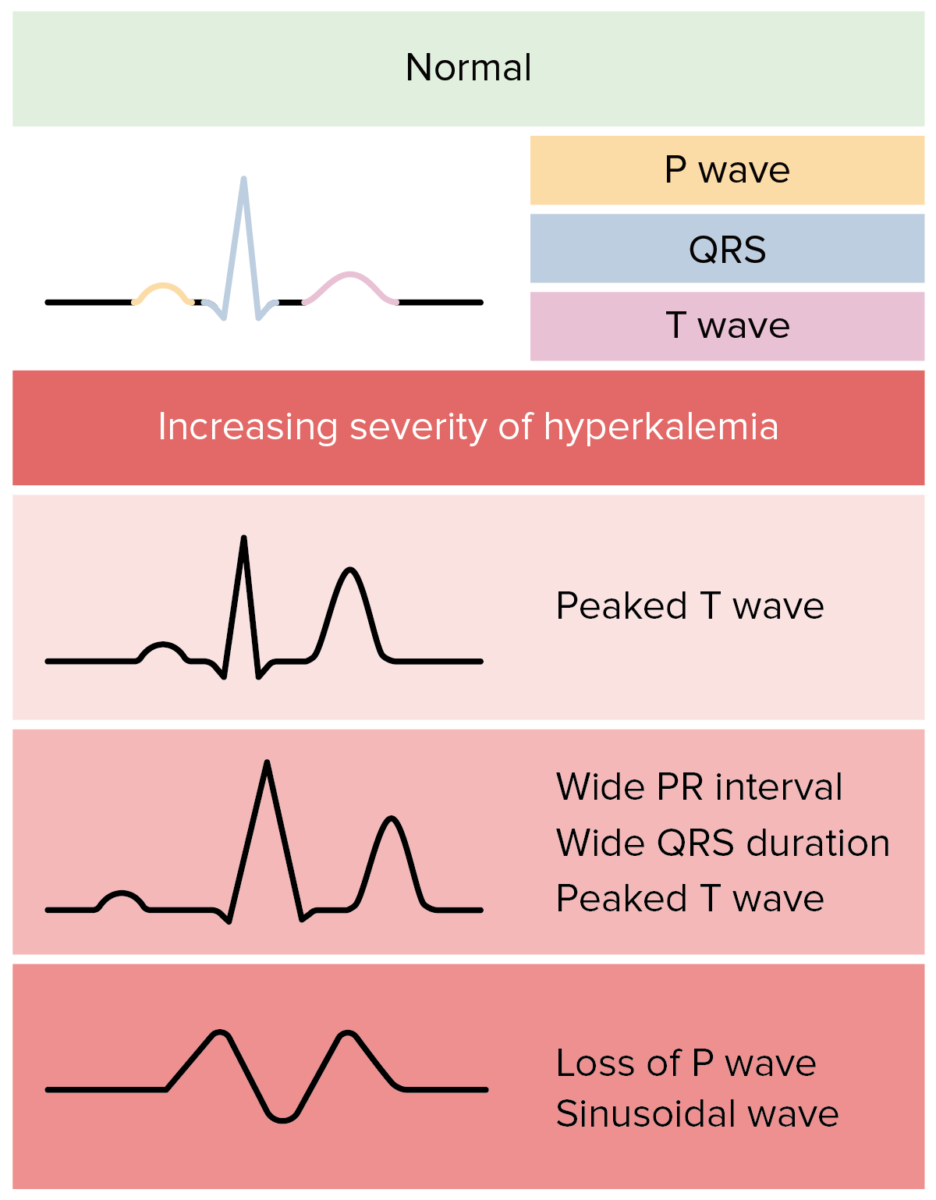
Overview General considerations[2,4] K+ is the main intracellular cation in all cells and is distributed unevenly between the intracellular fluid (98%) and extracellular fluid (2%). Movement of potassium in the kidney[2,4,11] Normal response to ingested K+[2,4,14] A normal Western diet contains approximately 70–150 mmol of K+ per day. This diet is unlikely to lead to […]
Obstructive Sleep Apnea (Clinical)
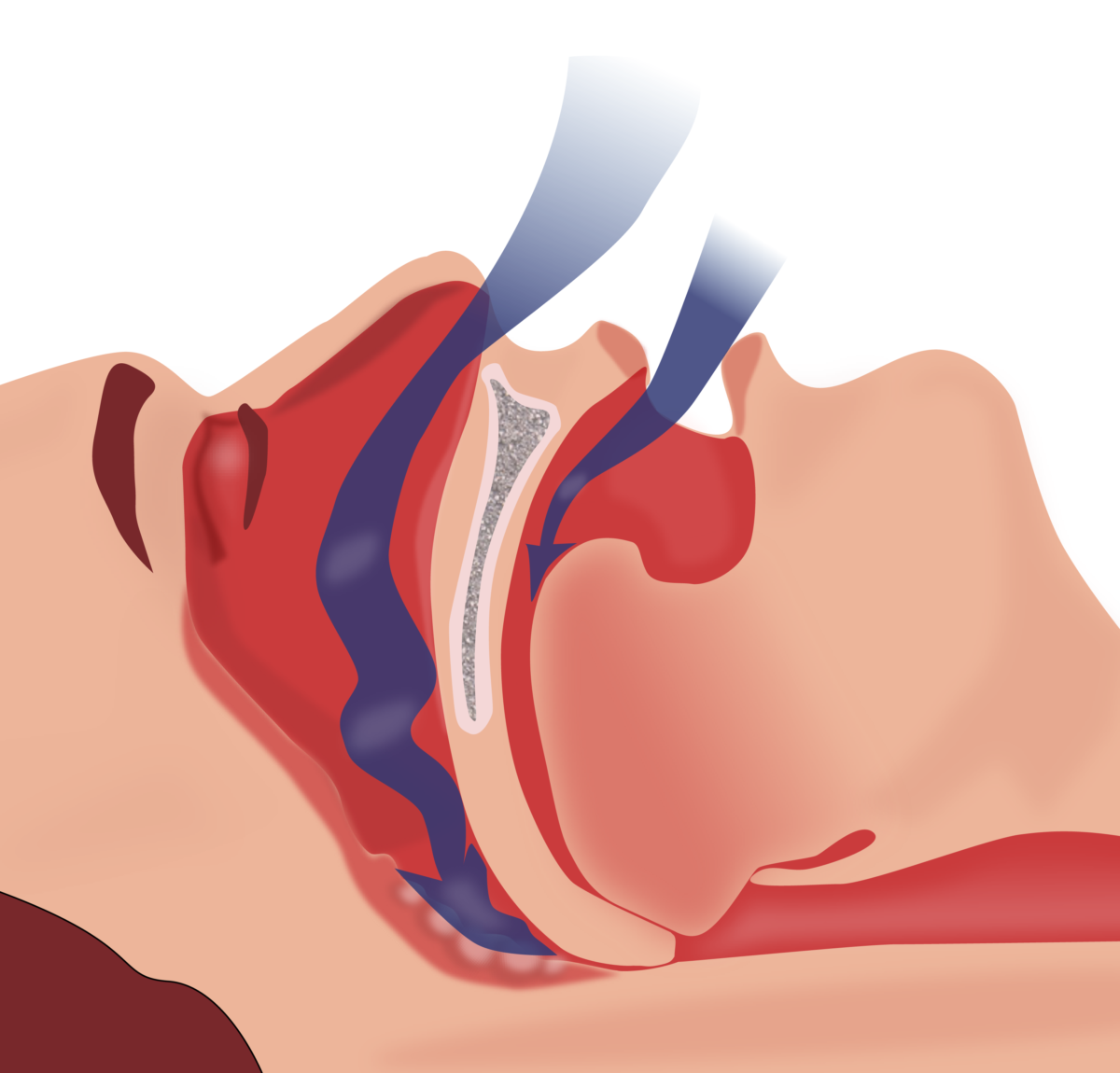
Epidemiology and Classification Epidemiology of OSA[4–6,28] OSA in adults: OSA in children (< 18 years of age):[27] Classification of sleep-related breathing disorders (SRBD)[4,17,24–26] Obstructive sleep apnea (OSA) disorders: Central sleep apnea (CSA) syndromes: Hypoventilation syndromes: Hypoxemia syndromes: Risk Factors and Pathophysiology Risk factors[1,5,6] Pathophysiology[5,17] Clinical Presentation Often, the patient is unaware of their symptoms and […]
Necrotizing Fasciitis (Clinical)
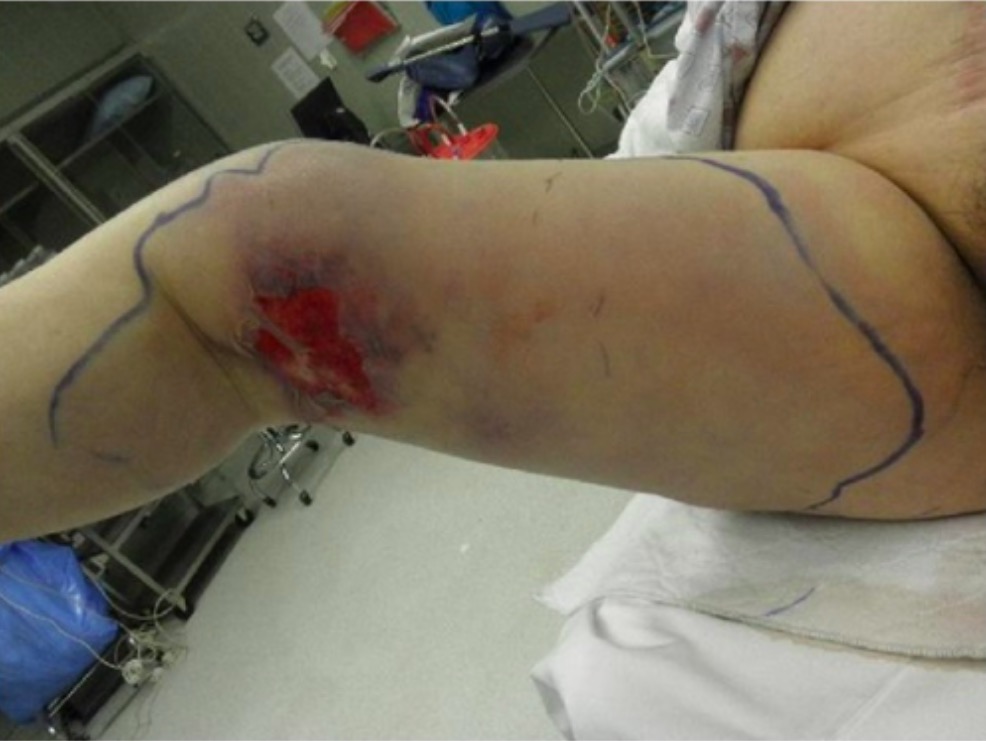
Overview Epidemiology[1] Etiology[1,8,11,13] Necrotizing fasciitis is divided into microbiologic categories based on the causative organism(s): Risk factors[1,2,8,9,11] Pathophysiology[1,2,7,8,11] Clinical Presentation Skin and soft tissue findings[1,8,11] Be sure to mark skin lesions during the physical examination. Early signs: Late signs: Common sites of infection: Evidence of systemic toxicity[8,11] Diagnosis A definitive diagnosis of necrotizing fasciitis is […]
Stable Angina (Clinical)

Overview Definition[5,8] Stable angina is episodic chest pain due to transient myocardial ischemia resulting from coronary atherosclerosis. Epidemiology[3–5,12] Etiology[1,7] Angina results from coronary artery disease (CAD), which is the atherosclerotic obstruction of the coronary arteries. Risk factors[10] Cardiac risk factors include: Pathophysiology Angina is a result of mismatched myocardial oxygen demand and oxygen supply.[2,4,5,7,8] Myocardial […]